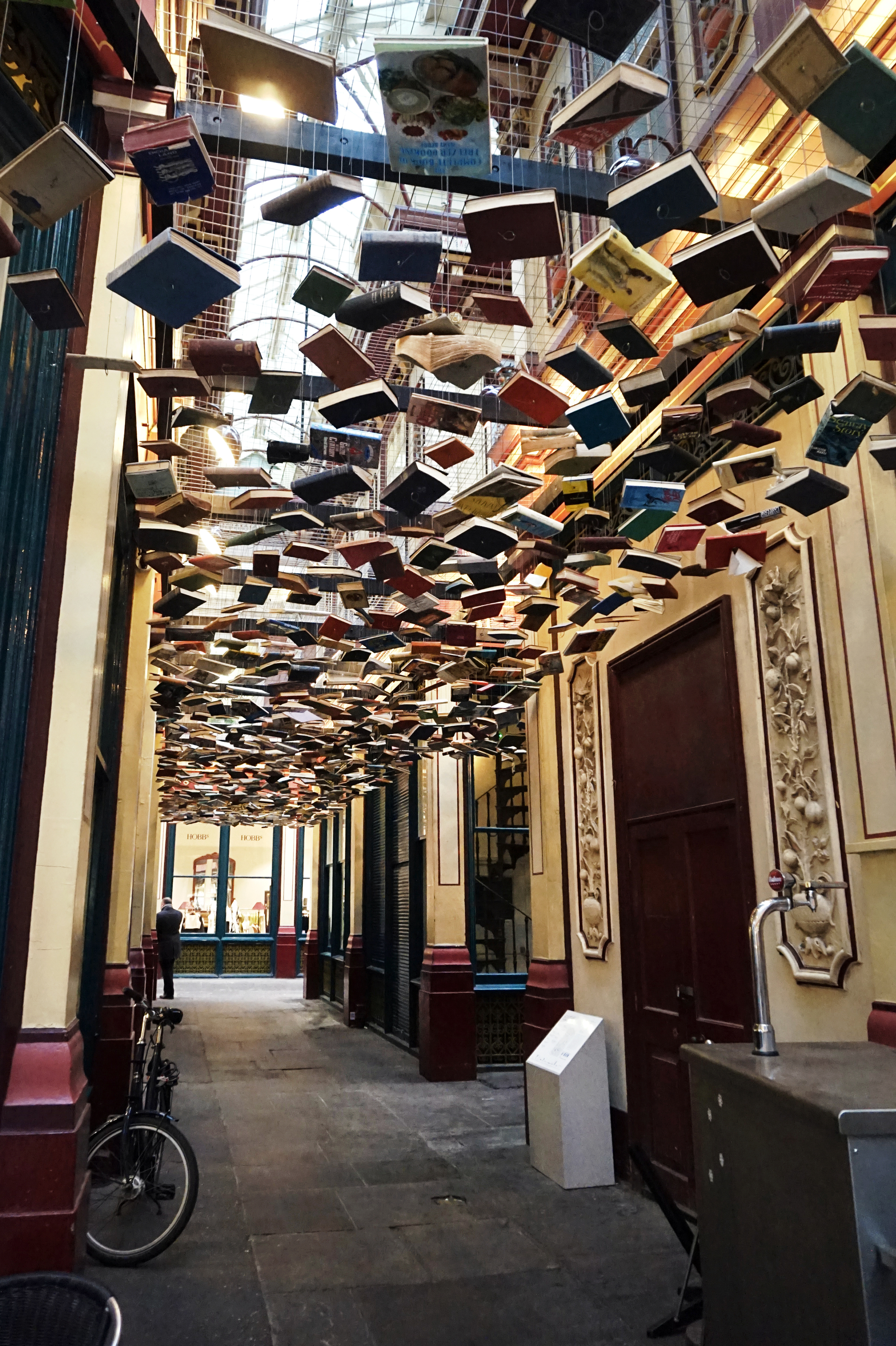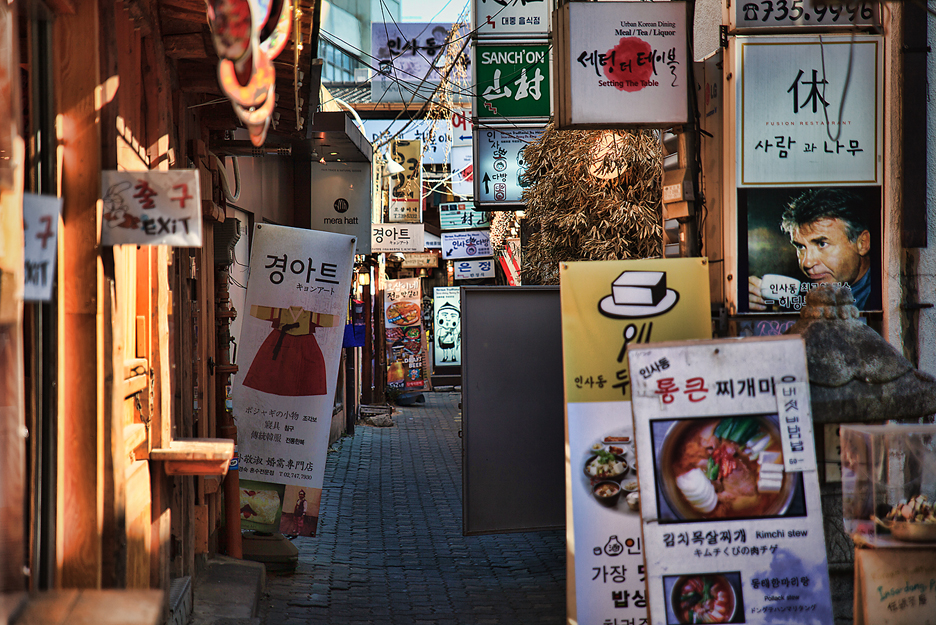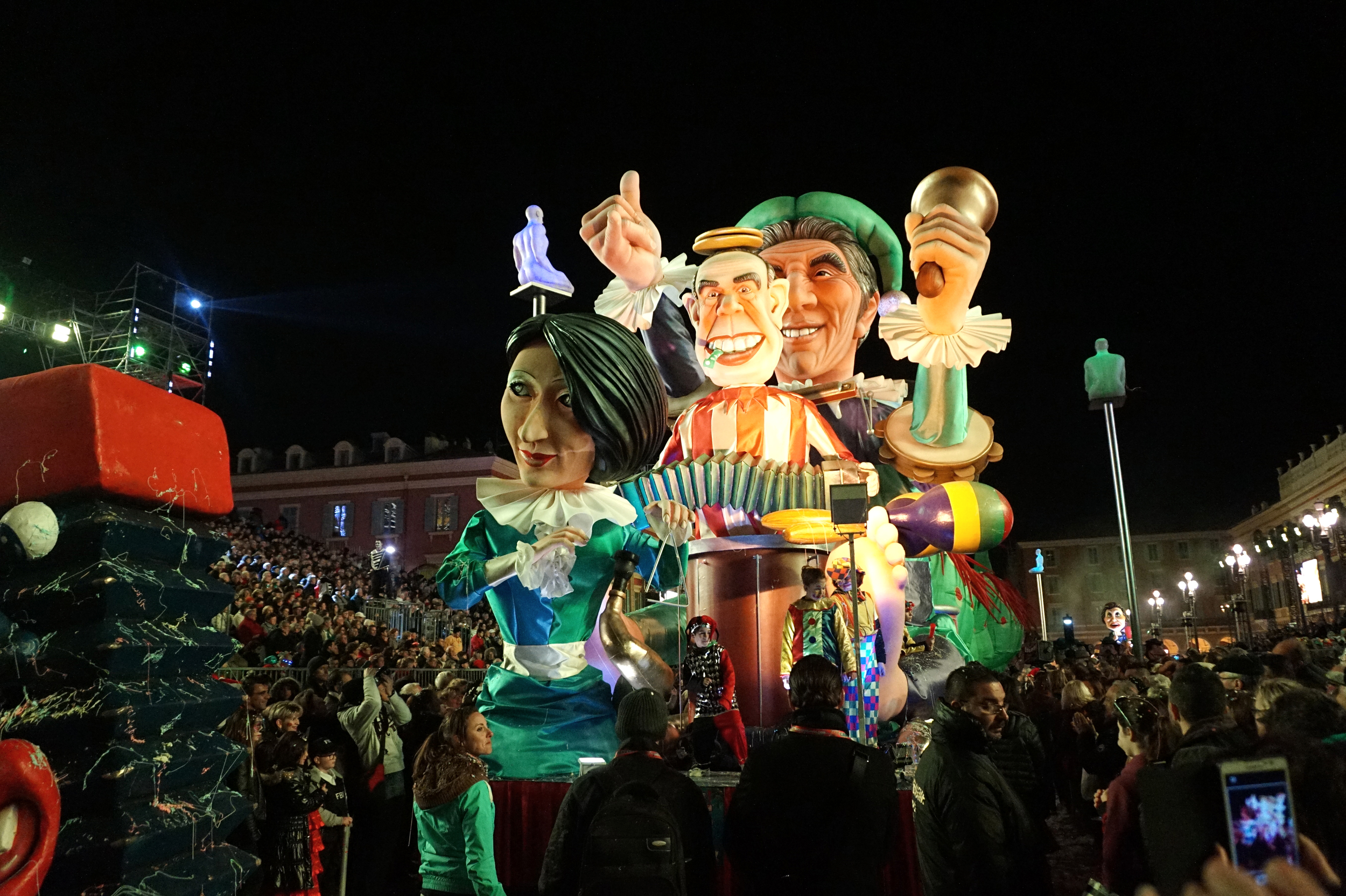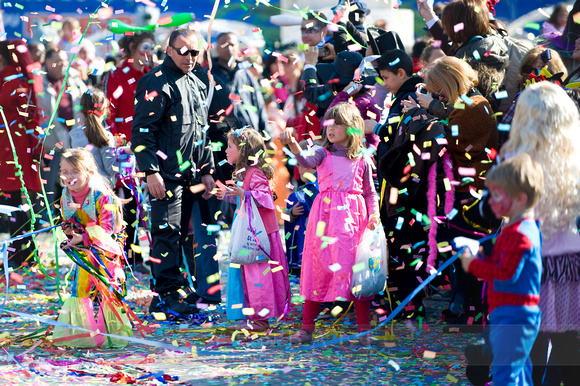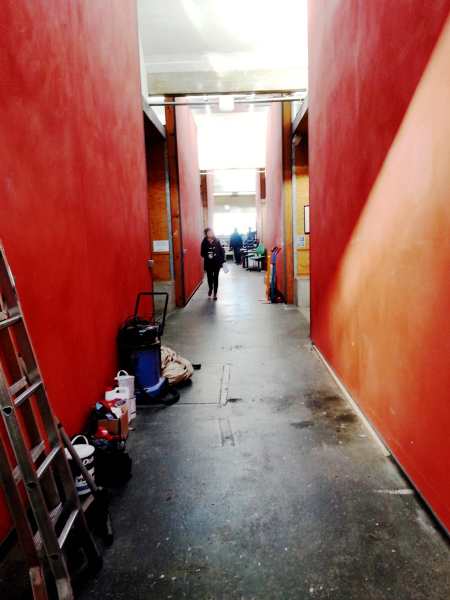Historical Markets in London Vs Seoul
런던과 서울의 '전통 마켓',
레든홀과 인사동은 서로 어떻게 다를까?
April, 25 2015
(Left) 런던 레든홀 마켓 LeadenHall Market, UK , copyright © http://bit.ly/19gvYzP (Right) 서울 쌈지길 Ssamzigil Market, Korea, copyright © http://bit.ly/1aZDDUI
Last week, I walked from Elephant & Castle to Shoreditch and stopped by few touristy places. (It was raining quite heavily and I did not have an umbrella — and I walked almost like an hour… I think I was insane…) It was horribly tired day, but still I found interesting places in London — LeadenHall Market. Its historic architecture and uniformed design of every store inside the market building reminded me of Korean market street called In-sa-dong. I would like to introduce both markets to you all.
지난주에 엘리펀트 앤 캐슬(Elephant & Castle)에 위치한 학교에서부터, 걸어서 한 시간 정도 걸리는 쇼디치(Shoreditch)를 중간중간 들릴 곳을 정해놓고 걸어서 갔다. 비도 오는 날에 정신 나간 채로 모자 하나 달랑 쓰고 말이다. 그래도 나름 그 날 보려고 했던 것은 다 보았으니 목적달성.!
이 날 잠시 들리게 되었던 런던의 역사 깊은 영국의 전통 마켓, 레든홀 마켓(LeadenHall Market). 이곳은 특히 한국 인사동을생각나게 하는지라 가장 기억에 남는다. 그래서 오늘은, 이 두 장소가 얼마나 비슷하고 또 다른지, '비교 포스팅'을 한 번 남겨보려 한다.
Do Any Harry Potter Fans Recognize These Movie Scenes?
혹시 영화 해리포터에 나온 이 두 장면을 기억하시나요?
These specific scenes about Diagon Alley (top) and Leaky Cauldron Pub (bottom) were filmed at LeadenHall Market. Although now there are different stores in the same spot, doesn’t this already motivate you to visit here?
해리포터의 다이아곤 앨리(Diagon Alley)와 리키 칼드론 펍을(Leaky Cauldron Pub) 촬영한 곳이 바로 레든홀 마켓(LeadenHall Market)!
지금은 촬영한 장소에 다른 가게들이 생긴 것으로 알고 있지만, 그래도 방문할만한 가치가 있는 아름다운 마켓이다. "특히 해리포터 팬이라면 조금 당기지(?) 않나요?"
—
Here Comes the Photos of Recent Shapes of Leadenhall Market!
여기서부턴 레든홀 마켓의 뜨끈뜨끈한 최근 모습!
(Above) LeadenHall Market Entrance & Inside, copyright © http://bit.ly/1Er6sWN
(Above) These two sculpture on the ceiling seemed like a part of arts projects in London 2014. “Time here becomes space, space here becomes time” —
they go along quite well with this historical marketplace.
천장에 쓰여져 있는 문구 장식은 2014년에 진행되었던 런던의 아트 프로젝트에 일환인 것처럼 보인다.
“이 곳의 시간은 공간이 되며, 이 곳의 공간은 시간이 된다.” 깊은 역사를 담은 전통 마켓에 굉장히 잘 어울리는 문구다.
Two pictures above are my favorites pictures of LeadenHall Market !! Not so sure why all the books are hanging right there.. Does anyone know about it??? Please leave a comment if you do!! The reason why LeadenHall Market reminded me of In-sa-dong place in South Korea, was its uniformed style of stores, as shown in the bottom photo. They prioritized the image/brand of LeadenHall Market to the stores’ individual characteristics — which makes LeadenHall Market more special and distinct, I believe. It is bit sad that stores that cannot promote in their own ways, but this kind of design makes the identity of LeadenHall Market much more clear.
레든홀 마켓에서 찍은 사진들 중 최고로 좋아하는 사진 두 장! 저 책들은 무슨 연유로 저렇게 길을 장식하고 있는지는 모르겠다. "아는 분들은 코멘트 꼭 달아주세요!"
레든홀 마켓을 보고 인사동을 떠올린 가장 큰 이유 중 하나는 두 번째 사진처럼 '통일화된 가게 간판 디자인'이다. 이런 방식으로 레든홀은 가게 각각의 개성을 죽이기는 했지만
마켓 전체의 브랜드를 살렸다. 역사적이고 오래된 마켓의 전통과 어울리게끔 가게들의 디자인을 싹 다 바꿔놓았다. 개인적으로는 이런 방식이 레든홀 마켓을 더 고유하고 특별하게 만드는 것 같아서 마음에 든다.
—
Then, what is its similarity with Insa-dong?
그렇다면, 인사동은?
Ssamzigil Market Entrance, Insa-dong, Seoul, Korea Copyright © http://bit.ly/1aZDDUI
In South Korea, there’s a similar street marketplace in which every store can only use Korean, instead of English, which has become a common language used in store signs. Honestly, I think this Korean sign movement should spread out more and more !! Also, from their exterior appearances, LeadenHall Market and In-sa-dong both look like they try to preserve the places in their own ways — almost like a planned street/area as part of urban planning.
한국인들이라면 다 알겠지만, 인사동은 가게 간판들이 다 한글로 쓰여있는 것으로 유명하다. (적어도 한글이 영어보다 커야 한다는). 외래문화의 영향으로 영어 간판이 도배되고 있는 시기에 한글간판 운동은 사람들에게 신선하게 다가왔으며 전통문화에 대한 자각심도 함께 부여해주었다. 외관적인 것만 비교해 보아도, 레든홀 마켓과 인사동은 마치 계획도시처럼 그들만의 형태/디자인을 고수하려고 하는 것이 보인다.
Store Signs at Insa-dong, Seoul, Korea copyright © http://bit.ly/1aZDDUI
(Above) Bukchon village, Seoul, Korea © http://bit.ly/1aZDDUI
This last photo is a bonus photo of Korean traditional village, called Bukchon village, right next to In-sa-dong. If you are traveling Seoul, this is MUST-VISIT-SPOT like "must must must - cannot stress more.
Please visit here if you are interested in looking up more photos of this Korean market place and traditional Korean village. Another blog in second link has more photos of Korean signs in In-sa-dong.
SOSUN'S FEED
LeadenHall Market has its long history (since 1300 and it even survived Great Fire). Specific details about its history as a market can be found here. In-sa-dong also has a very long history. (Check out this website! You can select English on top right corner.) Summary of history : In Chosun dynasty (one of Korean traditional kingdoms, 1392-1910), governmental arts department was located in In-sa-dong, so there were lots of popular artists living and working here. When Japan colonized Korea, many upper classes who lived in Bukchon area lost their jobs and money; then, In-sa-dong became like a marketplace selling their antique furnitures and valuable possessions. After colonization, many artists gathered in this place and opened galleries — this attracted other people to open traditional tea cafes and restaurants as well. A lot of must-visit places in UK are historical spots. I honestly respect how much UK cares about its history and about preserving its own identity. South Korea should learn this attitude & policies that respect and preserve one’s own traditional culture. In-sa-dong and Bukchon village would be two of the best examples that try to preserve Korea’s own identity among street marketplaces. Bukchon village has a lot of Korean traditional houses, called Han-Ok. You might be able to go inside of few of them and most restaurants, cafes, and galleries in this area also maintained traditional Korean styles. Hope these kinds of traditional marketplaces are preserved by every government in the world, and especially in South Korea
레든홀 마켓의 역사가 생각보다 굉장히 오래되었다. 1300년대부터 시작해서 런던의 화재도 이겨내고 다시 살아난 마켓. 음식 재료를 파는 마켓이었다가, 옷 자재를 파는 마켓이기도 했다가, 이래저래 역사와 함께 많은 과정을 겪어간 레든홀 마켓을 잘 보존하려는 자세가 굉장히 영국답다는 생각이 든다. 사실 영국/런던에서 방문해야 한다는 곳들을 보면 역사적인 곳들이 정말 많다. 영국 사람들은 '메이드 인 영국''에 대한 자부심이 굉장하다는 현지 친구의 말이 정확하다는 걸 하루하루 실감한다. 그런 자세가 한국을 비롯해 많은 나라가 배워야 하지 않을까 싶다. 계속해서 '글로벌 시대' 라고 강조하며 해외에서 수입만 하려 하며 정작 우리나라만의 전통문화, 역사 등이 담긴 고유의 것들의 가치가 희석되는 것 같아 안타까울 때가 많다. 레든홀만큼 오래된 역사를 가진 인사동이 그래도 잘 유지되고 있는 것 같아 다행스런 마음이지만, 앞으로도 곳곳에 숨어있는 우리나라만의 흔적이 담긴 지역들이 우선으로 보존되었으면 하는 간절한 바람이다. (옛말에 "무조건 우리 것이 좋은 거여!" 라는 말이 있듯이.)
By So Sun Park
KANA EU Correspondent
(영국=KANA) 박소선 특파원
—
sosun.kana@gmail.com
sosunnyproject.wordpress.com
Editor: Yein Kwak ㅣ 곽예인 <yein.kana@gmail.com>









